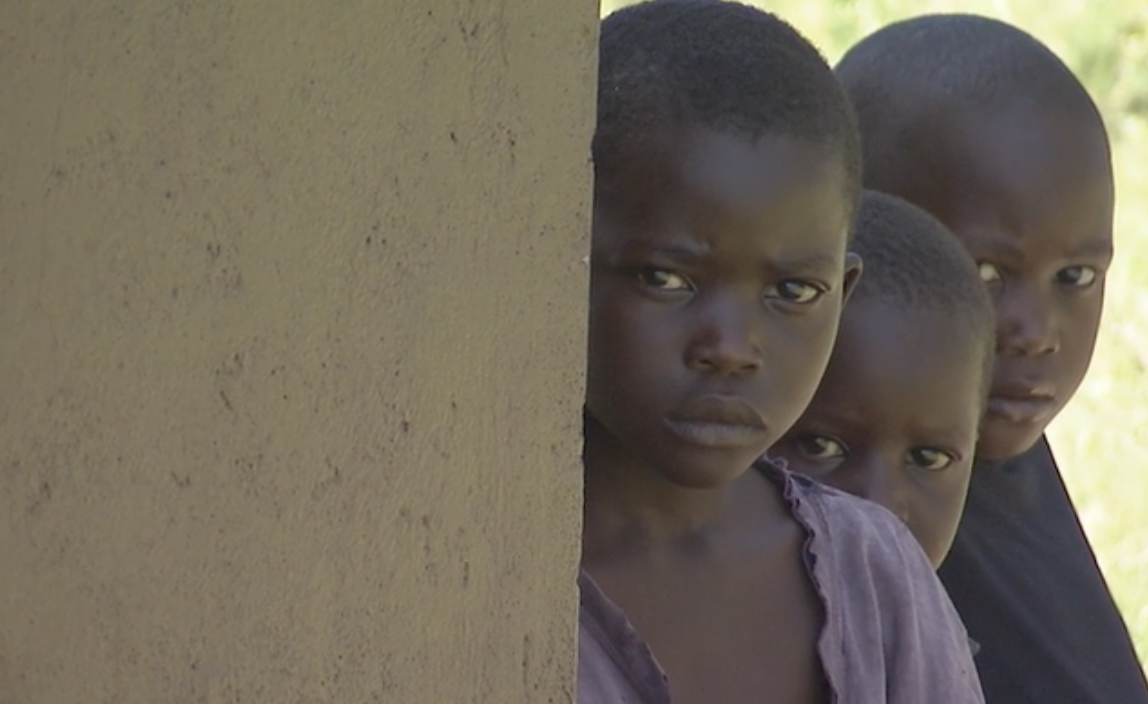
Disability Pride Month: Removing Barriers and Amplifying Voices
learn more
Our own Chris Paddon, Ph.D., talks turning the vision of industrial production of semi-synthetic artemisinin using fermentation technology into reality.

Malaria is a leading cause of disease in developing countries, taking the lives of hundreds of thousands of people every year with children being the most vulnerable group affected. In recognition of World Malaria Day, we sat down with Chris Paddon, Amyris’ scientific lead for vaccine and pharma projects—and the company’s first scientist hired to turn the vision of industrial production of semi-synthetic artemisinin using fermentation technology into reality.
Chris, thanks for chatting with us! First, tell us about your background, and why you came to Amyris?
My background is in microbial biotechnology. Long ago I became fascinated by all of the different metabolic activities of microbes, the variety of products they could make, and their role in health and disease. I ended up getting a degree in microbiology, and after a brief stint working for Unilever, went back to grad school and got a Ph.D. in microbial biochemistry. After post-doc’ing at the National Institutes for Health in Bethesda, MD—which is where I acquired the interest in biomedical issues—I went to work for a pharmaceutical company (GSK) in the UK, followed by a couple of biopharma companies in Silicon Valley.
Along the way, I became aware of novel technologies that were being developed to engineer organisms to make innovative products, and to my surprise they were being developed by chemical engineers, not necessarily geneticists or microbiologists. When I became aware of the founding of Amyris, and its goal to develop production of an invaluable anti-malarial drug using these new technologies (now called synthetic biology) I wanted in and jumped at the opportunity when it presented itself.
What’s your role at Amyris?
In the context of World Malaria Day, I’m Program Lead for Semi-Synthetic Artemisinin, which is the anti-malarial drug that Amyris was initially founded to produce. This means working with all of the various stakeholders, ranging from Amyris internal (R&D, Legal, Product Development, Amyris Portugal) to the funder (The Bill and Melinda Gates Foundation) to the manufacturer (Huvepharma).
In a more general context, I’m scientific lead for all the vaccine and pharma projects at Amyris. The focus now is developing production of squalene, which is a valuable component in some vaccines and is currently unsustainably produced from shark liver oil: Amyris technology allows us to produce it by yeast fermentation, thus safeguarding both the sharks and the future of this medically important compound.
I’m also part of a project funded by an NIH grant to develop novel vaccine components using Amyris technology and am working with scientists at Amyris Portugal to assist in the development of novel products and technologies.
What is artemisinin? How did the team land on artemisinin as a molecule to develop?
Artemisinin is the most effective anti-malarial medicine in the world today. It is naturally made by a plant called Artemisia annua, or sweet wormwood in English. Its use as a medicine originates from Chinese herbal medicine, which identified the plant for the treatment of fevers almost 2,000 years ago. It was largely lost to history until Chinese scientists in the 1970s confirmed that extracts of this plant had anti-malarial activity, then identified and characterized the active compound, artemisinin.
It took another 25 years before the World Health Organization recommended artemisinin for the first-line treatment of malaria, but this produced a problem as supplies of the plant were limited and the price of artemisinin sky-rocketed: there simply wasn’t enough artemisinin to meet the demand, and a second source of the drug was required.
Around this time, the lab of Professor Jay Keasling at the University of California, Berkeley, demonstrated that microbes could be engineered to make a late-stage biochemical precursor of artemisinin. With this demonstration in hand, Jay and some colleagues obtained a grant from the Gates Foundation, which led to the founding of Amyris.
I was the first scientist hired by the newly formed Amyris to turn the vision of industrial production of semi-synthetic artemisinin using fermentation technology into reality.
Why is artemisinin important to Amyris?
On a practical level, it was Amyris’ first program and proved that the technology worked. This opened funding opportunities that would have been otherwise harder to access. In terms of Amyris values, it set the agenda for all subsequent programs: Make Good, No Compromise.
Malaria is one of the major single agent diseases, sickening millions and killing over 600,000 people per year, most of them kids in Sub-Saharan Africa. Amyris was founded on the premise that we could use synthetic biology to help alleviate this burden of disease amongst some of the most vulnerable people on the planet, and this has set the tone for all subsequent programs.

Chris Paddon is Senior Director, Technical Innovation at Amyris and has been with the company since 2005 when he joined as Principal Scientist. Prior to Amyris, Chris held senior scientist roles at a variety of biotech and pharma companies including GSK. He received his Ph.D. in Biochemistry from Imperial College London.